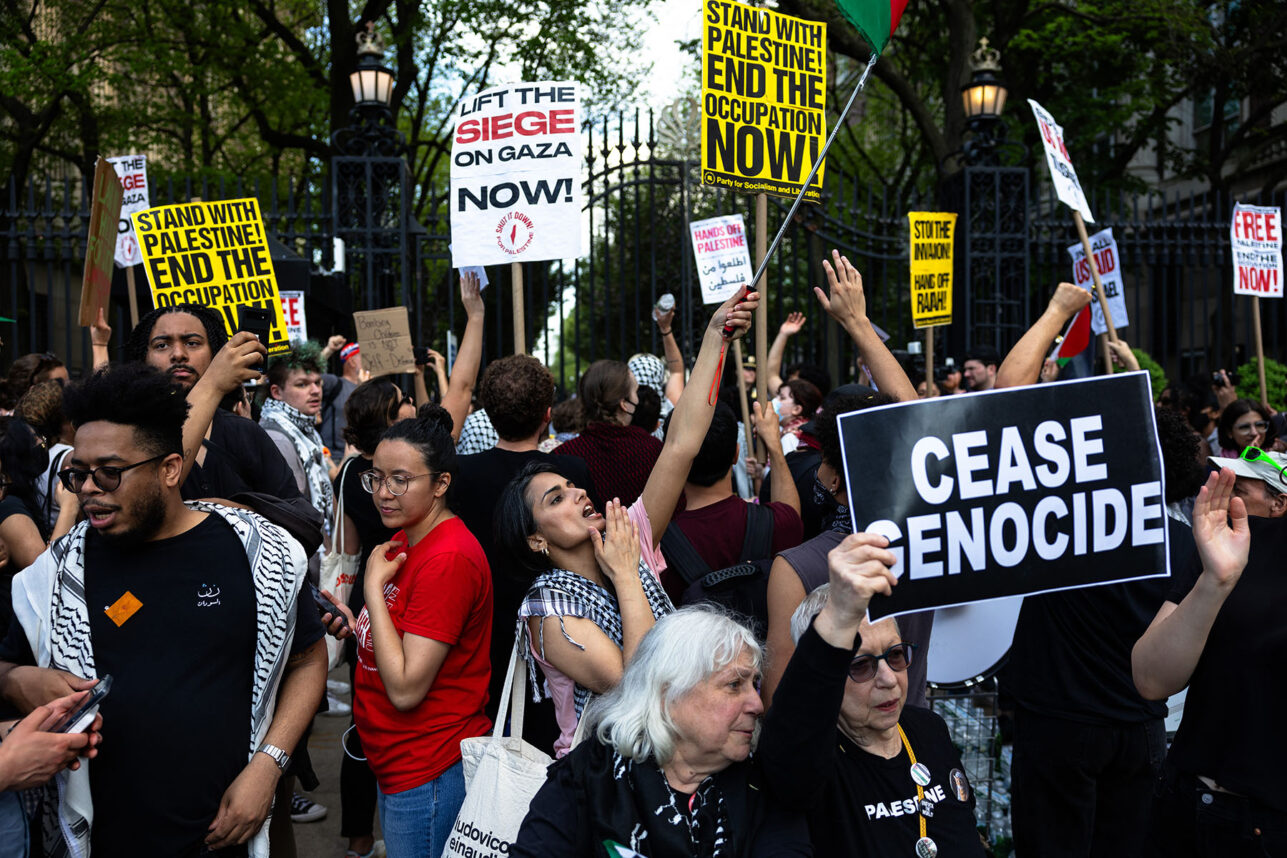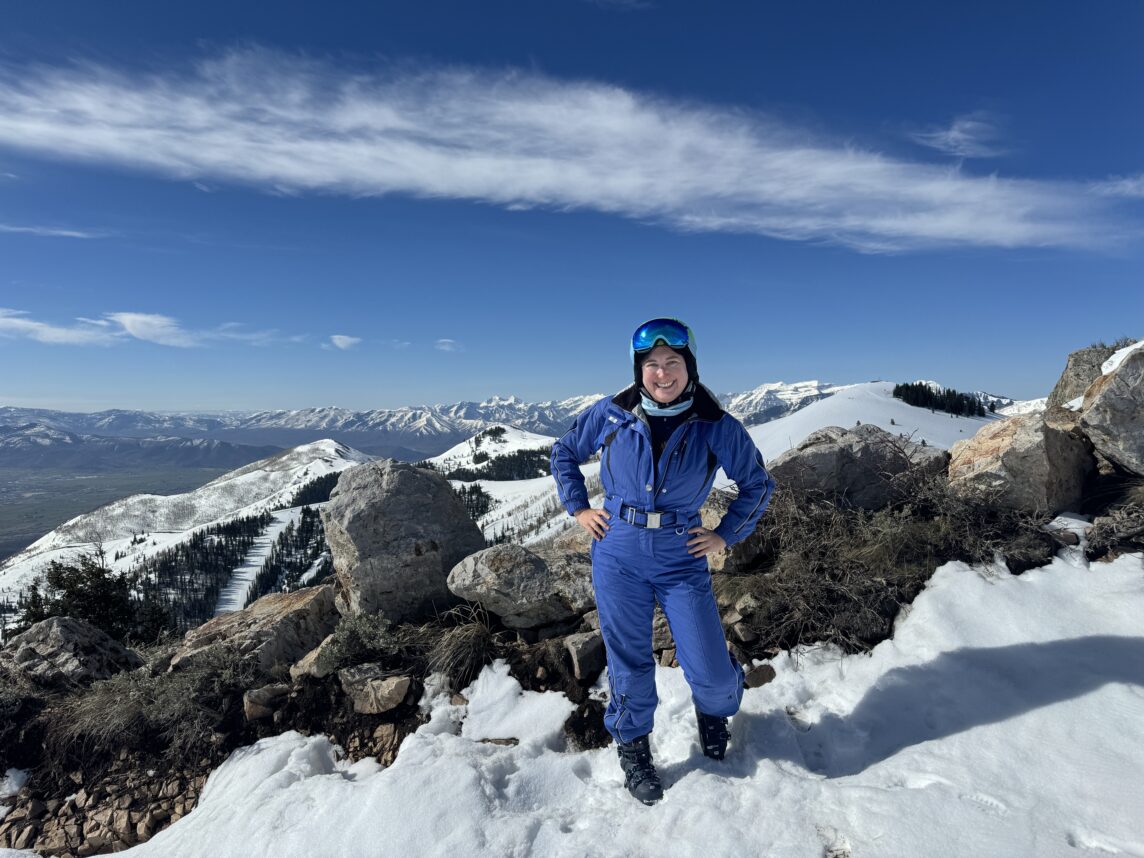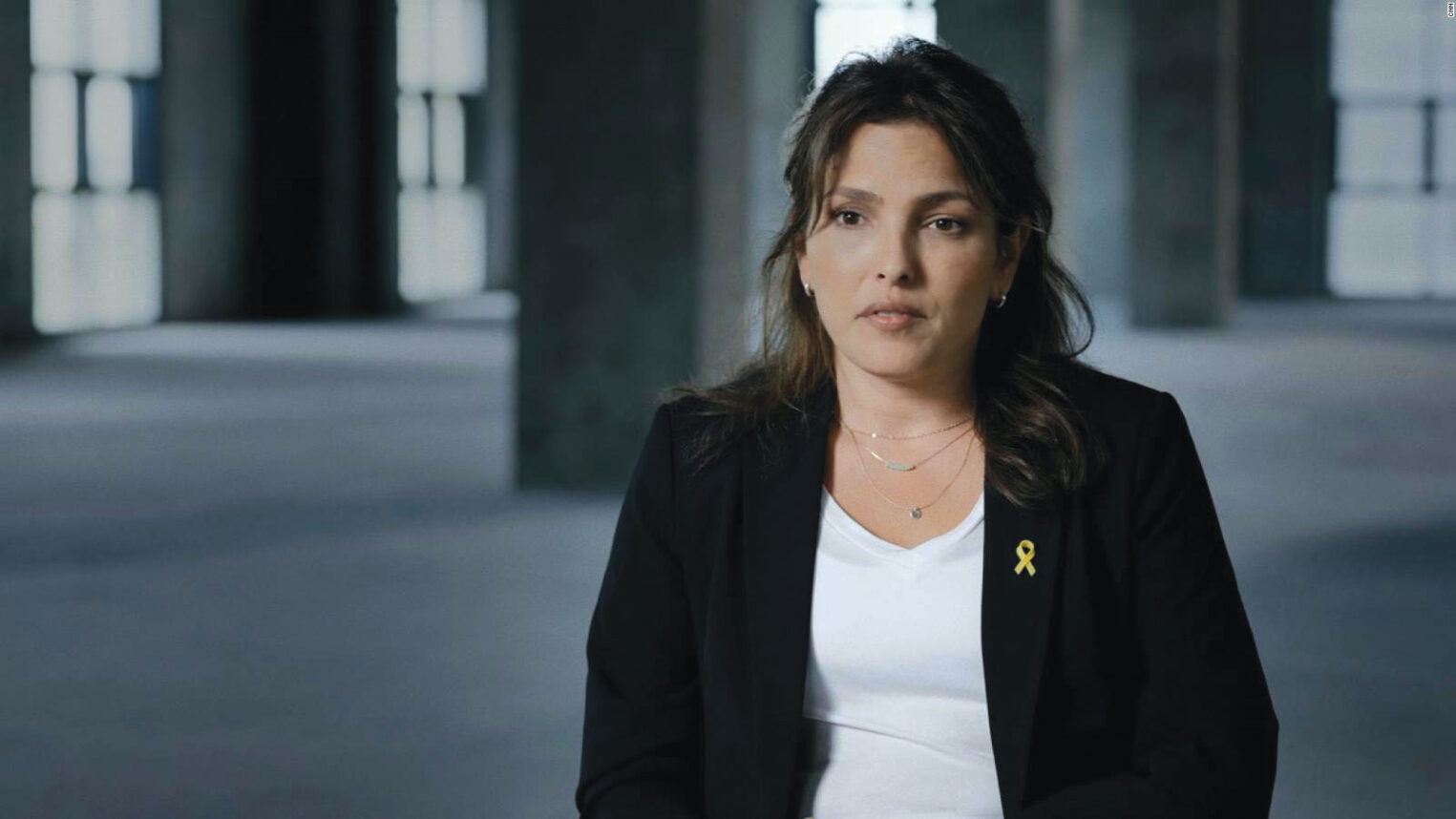Auschwitz has become universally synonymous with the horrors of the Holocaust and man’s infinite capacity for evil. But how did Auschwitz-Birkenau function as a 24/7 death camp, and who were the men who operated the gears and levers of the killing machine?
The answers, or better, a glimpse of the answers, are found in the 1993 documentary “Verdict on Auschwitz: The Frankfurt Auschwitz Trial, 1963-1965,” which is being shown for the first time in the United States.
The film lasts three full hours, but it is a mere capsule of the longest trial in German history. It lasted 20 months and included 22 defendants, 360 witnesses from 19 countries, batteries of lawyers, and was covered by 200 journalists. The mere reading of the verdict by the presiding judge took 11 hours.
Filmmakers Rolf Bickel and Dietrich Wagner culled their material from 430 hours of original audiotapes of the trial, which they discovered in the basement of the Frankfurt building where the trial was held.
On the defendants’ bank sat 22 former SS men, now paunchy and middle-aged in sober civilian suits. These were not the big shots like Auschwitz commandants Rudolf Hoess or Arthur Libehenschel, who had been executed in Poland shortly after the war. Rather, they were the middle- to low-level functionaries, the hands-on torturers and killers, who had distinguished themselves by their brutality and dedication to the job at hand.
The documentary complements the audio from the trial with visuals of the Nazi era and death camps and features extensive in-person interviews with prosecutors and others involved in the trial.By the nature of the subject, this is a difficult, often agonizing, film to watch, with few lighter moments. One is inadvertently supplied by defense attorney Hans Laternser, who gives new meaning to the word chutzpah.
Laternser argues that the SS men who took part in the selection process as the trains pulled into the camp actually saved lives by assigning some of the men and women to forced labor. If his clients hadn’t done so, he proposes, all the arrivals would have been killed right away.
The protracted jury trial of the 22 defendants ended with six life sentences, three acquittals and the rest handed prison terms ranging from three to 14 years.
For all its historical and educational value, the trial, and by extension the film, lacks one important dimension. While Auschwitz-Birkenau was certainly a killing field for vast numbers of Roma (gypsies), Soviet prisoners of war and political offenders, the vast majority of victims were Jews.
Yet, in focusing on the nuts and bolts on how Auschwitz functioned, the presence of the victims, particularly the Jewish ones, fades into a kind of amorphous background.
“Verdict on Auschwitz” opens Jan. 26 at Laemmle’s downtown Grande 4-Plex, 345 S. Figueroa St.























 More news and opinions than at a Shabbat dinner, right in your inbox.
More news and opinions than at a Shabbat dinner, right in your inbox.